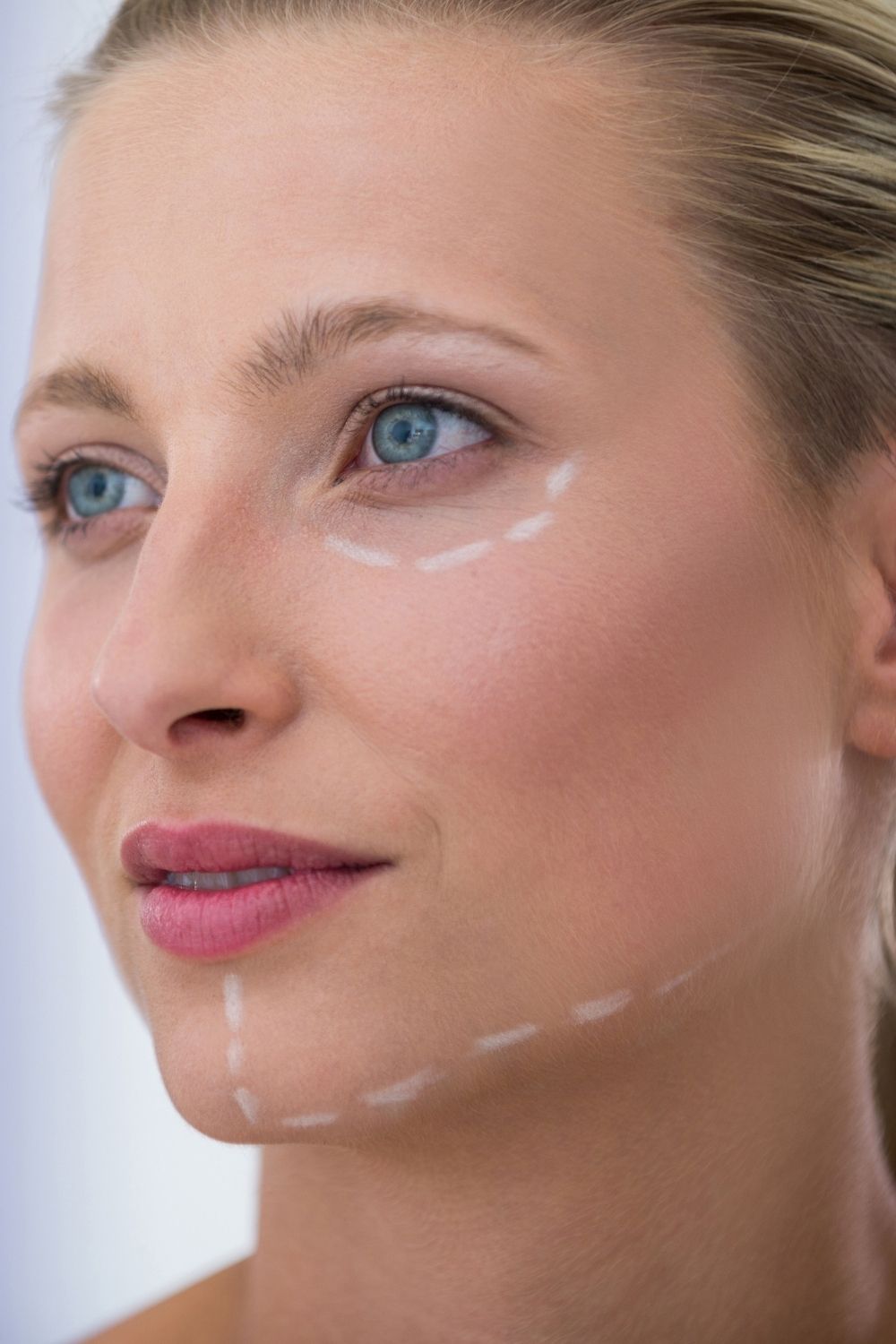“All skin types are suited to chemical peels, though care still needs to be taken not to damage the skin of people with darker skin tones,” informs Meinhardt. “Peels are great for patients who want a gentler removal option.”
Chemical peels will typically require anywhere from three to five treatments, though this number can be higher or lower depending on the severity of the freckles being removed.
Although peels are more affordable than laser treatments, the results will be somewhat less noticeable.
“An ideal patient for bleaching creams would be a darker skinned patient that would like to treat a number of freckles on their face,” says Meinhardt. “The bleaching cream will fade the freckles but they will not necessarily make them disappear completely.”
Creams work best for those who have the time and patience to apply a treatment over a long period. Bleaching creams can take three to six months of regular application before yielding any results.
How are moles removed?
“If the mole is raised, sometimes it can be shaved. This typically entails some local anesthetic,” says Taglienti. “The area scabs over and then heals to become relatively imperceptible. If a mole is likely to come back after shaving, it can be excised — cut out. In this case, local anesthetic is used, the mole is removed, and the area is sutured closed.”
“Flat moles, that are not suspicious, can be removed in a similar manner as a raised mole — by either shaving, applying a deep chemical peel to the area, or by using a laser,” adds Taglienti.
Will I end up with a scar?
“The shaving of moles, followed by cautery of the resulting defect, is quick and easy, but results in a white, patch-like scar in place of the original mole. On areas such as the back, arms, or legs, this is often not an issue cosmetically.
For cosmetically sensitive areas such as the face, “direct excision of moles — cutting out the entire mole around its periphery using a scalpel, followed by closure of the resulting defect with carefully placed stitches — is often preferable,” adds Zuckerman. “The resulting scar is a thin, straight line, that can often be oriented to blend with the natural creases in the skin.”
Do plastic surgeons perform mole removal?
“Most of the time, due to the emphasis on cosmetics and concern for the scar, either dermatologists or plastic surgeons will remove moles,” says Taglienti. “Some general surgeons may perform the mole removal as well, depending on the mole’s size and location, and whether or not it has been shown to be cancerous.”
“It can also depend on the area that you live in,” adds Taglienti. “In some places, general practitioners or physicians more commonly remove the moles.”
Are there any effective home mole removal options?
Patients can sometimes be wary of ending up with scars after the surgical removal of moles. As a result, people have been known to opt for the use of home mole removal treatments, like store bought creams.
However, be very wary of any ‘do-it-yourself’ home remedies. Back in 2011, there were several incidences where the ingredients were causing severe burns, and the products were being recalled by the FDA.
As suggested above by Meinhardt, another thing to keep in mind is that certain creams may lead to melanoma when applied to moles.
Rather than selecting a treatment option yourself, it’s always best to have your moles and freckles reviewed by a licensed medical professional and follow their advice for appropriate skin treatments. “This is even more important if a patient has an extensive history of sun abuse or smokes,” adds Taglienti.
Another recent trend in home treatment is freckle remover pens. These devices, which typically look like a tattooing gun, puncture the skin with a small needle, and claim to treat freckles.
While online reviews are generally positive, there is little research available on freckle pens, and complications like scaring, could potentially occur. Freckle pens should not be seen as a replacement for treatment from a certified dermatologist, particularly in cases where moles and freckles are potentially cancerous.
There are also some suggestions that lemon juice helps lighten skin, as it’s a well-known bleaching agent. However, you’ll probably be chasing a dream here, as there’s no scientific evidence to prove that it helps lighten or remove freckles or moles.
Is cancerous mole removal different from the regular kind?
“If there is a concern that a mole is cancerous, then it should be evaluated by a dermatologist,” says Taglienti. “At that point, if there is continued concern, a biopsy of the mole will be taken. If it is cancerous, then depending on the type of cancer and depth of the mole, additional work may be needed.”
“Regardless, there are certain accepted standards by the surgical community as to the margins or area around that mole that need to be removed in addition to the mole itself to help decrease the chance of recurrence,” adds Taglienti. “This translates into a longer scar for the patient, but with the assurance that once the mole is removed, the potential for continued growth or spread is eliminated.”
The following self-test — also known as the ABCDE’s of melanoma — to help spot a suspicious mole:
A – Asymmetry. Look for moles that are asymmetric.
B – Borders. Be suspicious of moles with fuzzy borders.
C – Color. Notice moles with different shades of color or two-toned moles.
D – Diameter. Be suspicious moles that are larger than a quarter inch (6mm) in diameter.
E – Evolving. Look for moles that are changing.





